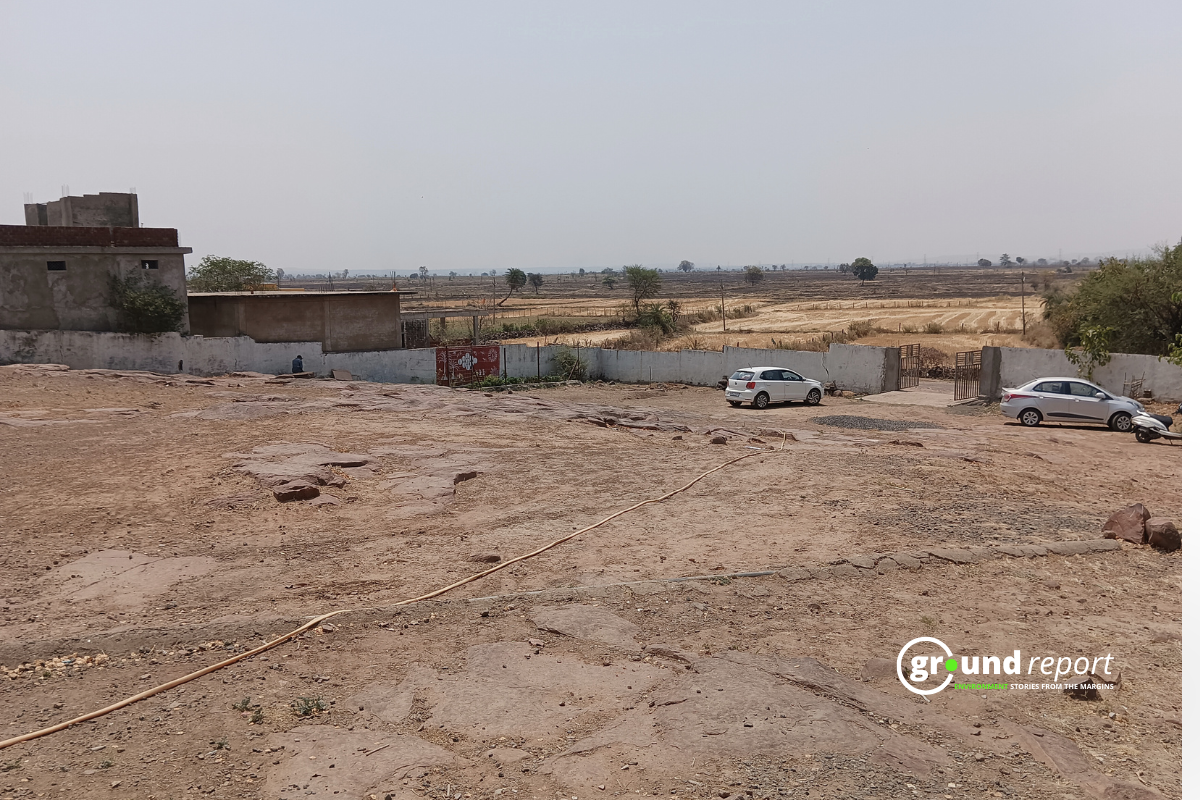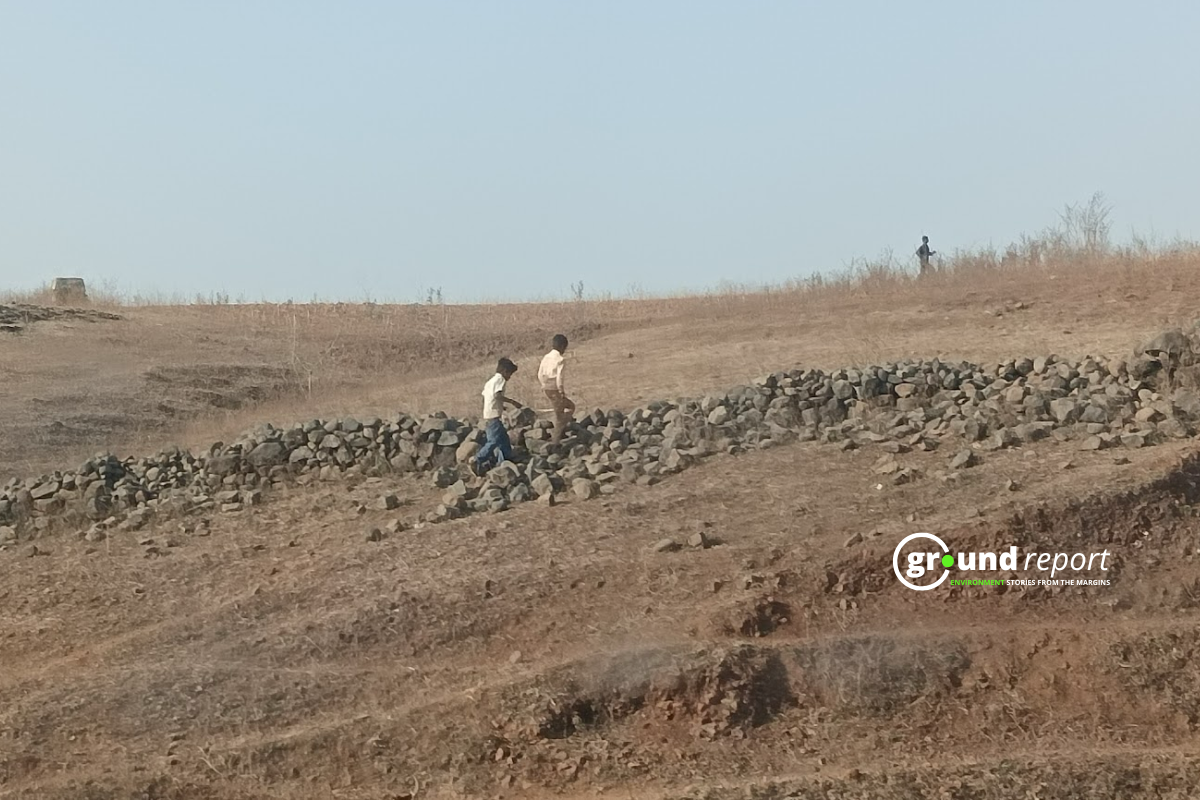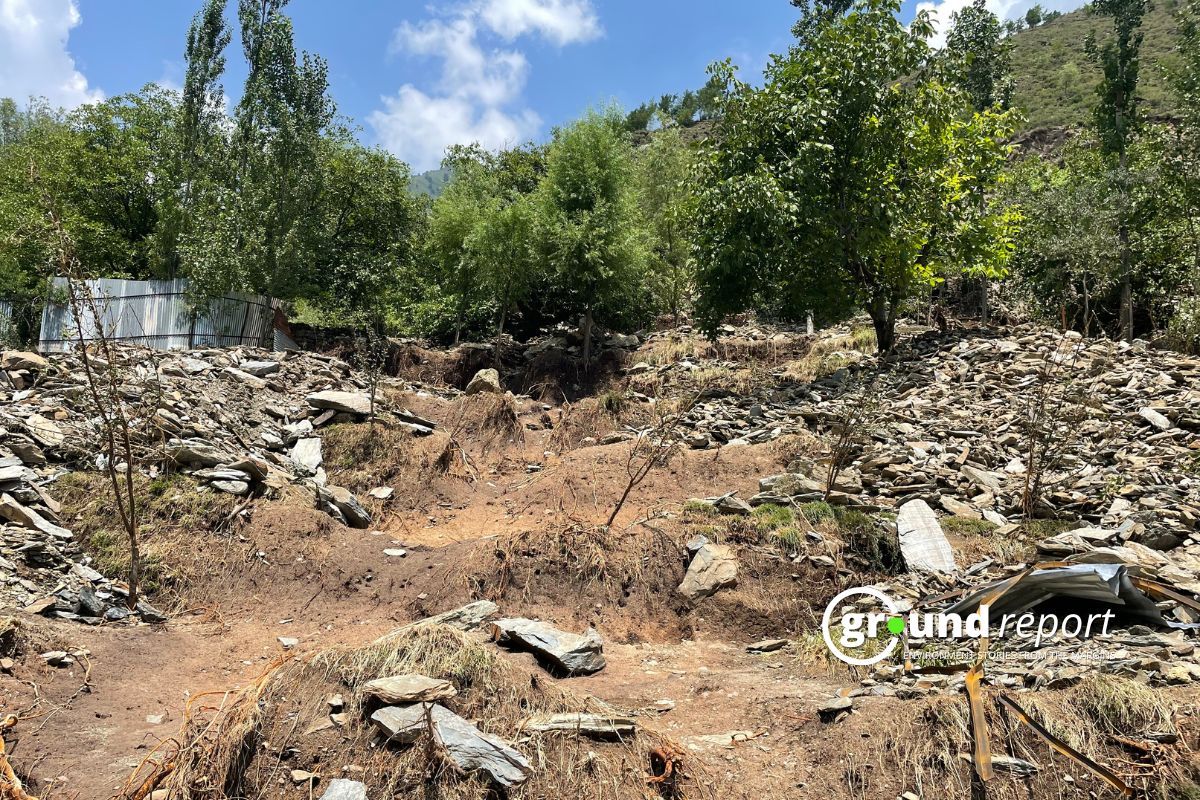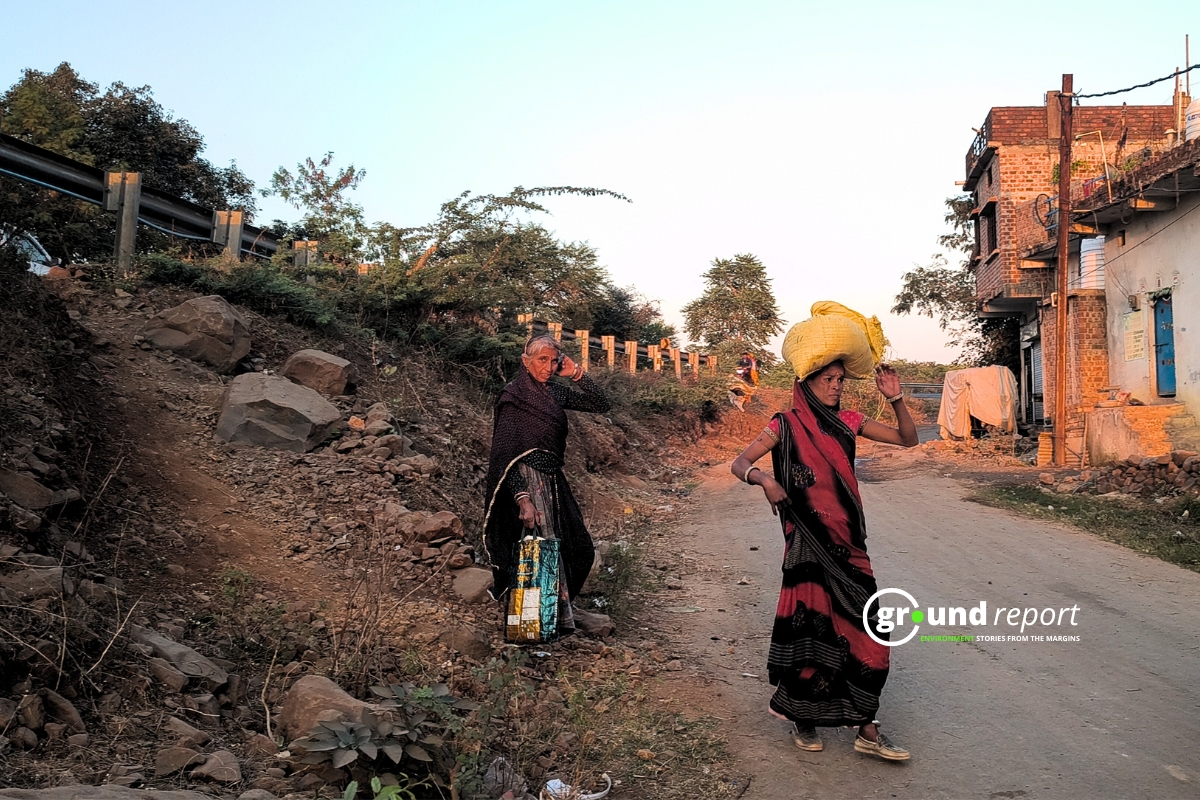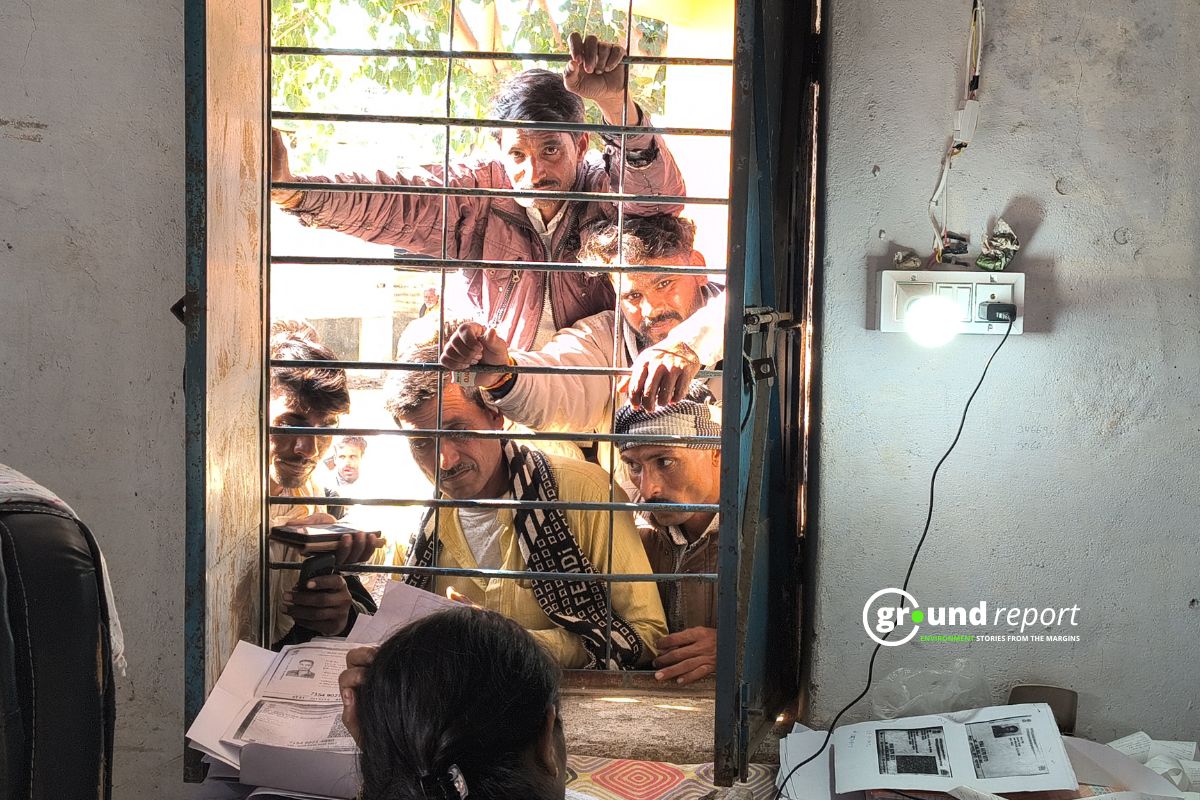A recent study conducted jointly by researchers at IIT-Delhi and IIT-Roorkee has shed light on the severity of floods across various districts in India. The study, which developed a district-level flood severity index (DFSI), revealed that Patna, the capital of Bihar, experiences the worst floods in the country. Following Patna, West Bengal’s Murshidabad and Maharashtra’s Thane were identified as the next most severely affected districts.
The researchers based their findings on several criteria, including the historical severity of floods, the number of affected people, and the spread and duration of flood events.
According to the DFSI, the top 10 districts with the highest flood severity include Patna, Murshidabad, Thane, North 24 Parganas (West Bengal), Guntur (Andhra Pradesh), Nagpur (Maharashtra), Gorakhpur (Uttar Pradesh), Ballia (Uttar Pradesh), East Champaran (Bihar), and East Medinipur (West Bengal).
Among the 30 districts facing the highest risk of floods, 17 are situated in the Ganga basin, while three are in the Brahmaputra basin. The researchers highlighted the alarming flood proneness of the Ganga basin, attributed to its high population density.
Top districts with the highest flood severity level
| District | State | Flood Severity Level |
|---|---|---|
| Patna | Bihar | Highest |
| Murshidabad | West Bengal | Highest |
| Thane | Maharashtra | Highest |
| North 24 Parganas | West Bengal | Highest |
| Guntur | Andhra Pradesh | Highest |
| Nagpur | Maharashtra | Highest |
| Gorakhpur | Uttar Pradesh | Highest |
| Ballia | Uttar Pradesh | Highest |
| East Champaran | Bihar | Highest |
| East Medinipur | West Bengal | Highest |
| Muzaffarnagar | Bihar | High |
| Lakhimpur | Assam | High |
| Kota | Rajasthan | High |
| Aurangabad | Maharashtra | High |
| Malda | West Bengal | High |
| Rajkot | Gujarat | High |
| Prayagraj | Uttar Pradesh | High |
| Aurangabad | Bihar | High |
| Bahraich | Uttar Pradesh | High |
| Ahmedabad | Gujarat | High |
| Jalpaiguri | West Bengal | High |
| Darjeeling | West Bengal | High |
| Dibrugarh | Assam | High |
| Azamgarh | Uttar Pradesh | High |
| Chamoli | Uttarakhand | High |
| West Champaran | Bihar | High |
| Amravati | Maharashtra | High |
| Medinipur West | West Bengal | High |
| Samastipur | Bihar | High |
| Thiruvananthapuram | Kerala | Severely Flood-Prone |
| Lakhimpur | Assam | Severely Flood-Prone |
| Dhemaji | Assam | Severely Flood-Prone |
| Kamrup | Assam | Severely Flood-Prone |
| Nagaon | Assam | Severely Flood-Prone |
Assam emerged as the state most affected by floods, having encountered over 800 flood events in the past 56 years. Other flood-prone states include Kerala, Karnataka, Uttar Pradesh, and Maharashtra. Thiruvananthapuram in Kerala has experienced over 231 floods since 1967, averaging more than four events per year.
The study also warned of an increase in localized intense rainfall events in the future due to climate change, leading to more flash floods. With the warming climate, the frequency of cyclones is expected to rise, posing a greater risk of intense rainfall and floods in coastal and nearby inland areas.
Despite the grim outlook, the researchers noted a positive trend in human fatalities caused by floods. Improved disaster management practices have contributed to stabilizing or reducing the number of flood-related deaths, despite the country’s growing population. Since 2015, the number of flood-related deaths has remained around 1,000 per year, according to the data.
Keep Reading
Part 1: Cloudburst in Ganderbal’s Padabal village & unfulfilled promises
India braces for intense 2024 monsoon amid recent deadly weather trends
Support us to keep independent environmental journalism alive in India.
Follow Ground Report on X, Instagram and Facebook for environmental and underreported stories from the margins. Give us feedback on our email id greport2018@gmail.com.
Don’t forget to Subscribe to our weekly newsletter, Join our community on WhatsApp, and Follow our YouTube Channel for video stories.

